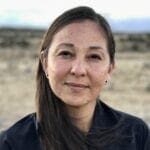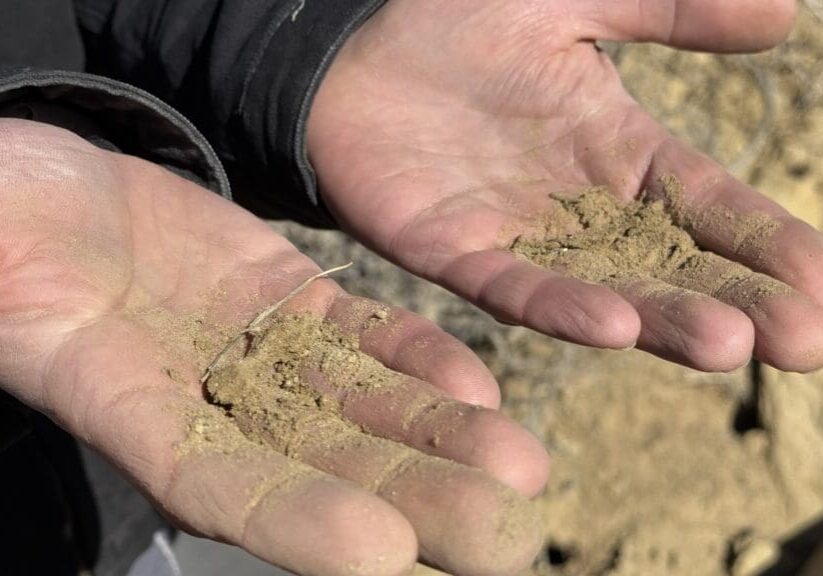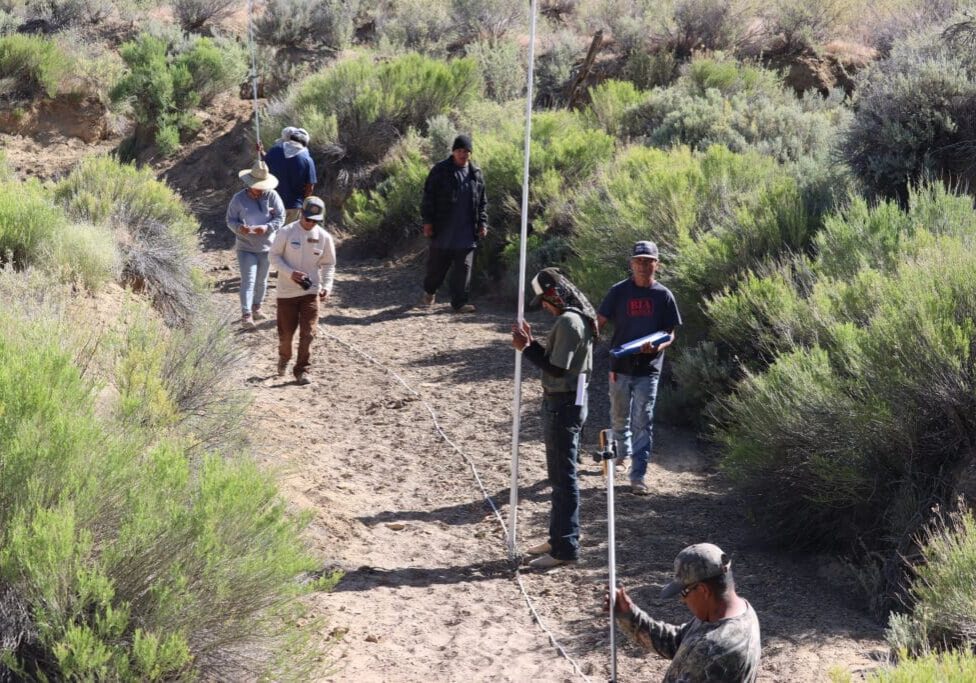Watershed Restoration

About Black Mesa
The Black Mesa region, or Dził Yíjiin in Navajo, is an upland mountainous region within the Navajo Nation that encompasses seven Chapters and five watersheds. Located in northeastern Arizona within the Central Agency on the Navajo Nation, the Dził Yíjiin region is the grounds for sustaining remote Diné (Navajo) lifeways, livestock and culture.
Because of this, water availability is of the utmost importance. The Watershed Restoration Campaign led by Tó Nizhóní Ání works with community members, grazing officials, chapter officials and federal agencies to identify areas of need and construct a multi-level approach to repair, restore, and protect the land and aquifers below.

Our Approach
Tó Nizhóní Ání is taking a holistic approach to strengthen the natural processes of the semi-arid ecosystem. Erosion is a natural process, but with increased aridification and climatic changes in the region, ecosystems and infrastructure are threatened with each storm. Our approach uses hand-made erosion control structures to retain soil moisture by impounding a small amount of water in each structure to promote shallow aquifer recharge; flows will still be allowed to breach each structure to continue downstream. Sediment build up will increase to build back soil and prevent further erosion downstream. Native seed pellets are scattered above each structure to increase native plant populations and create microclimates to rewet the soil.
The pilot project showcases to community members and any official of ways we can give back to the land and create a positive difference to the land and aquifer.
Our Erosion Control Structures
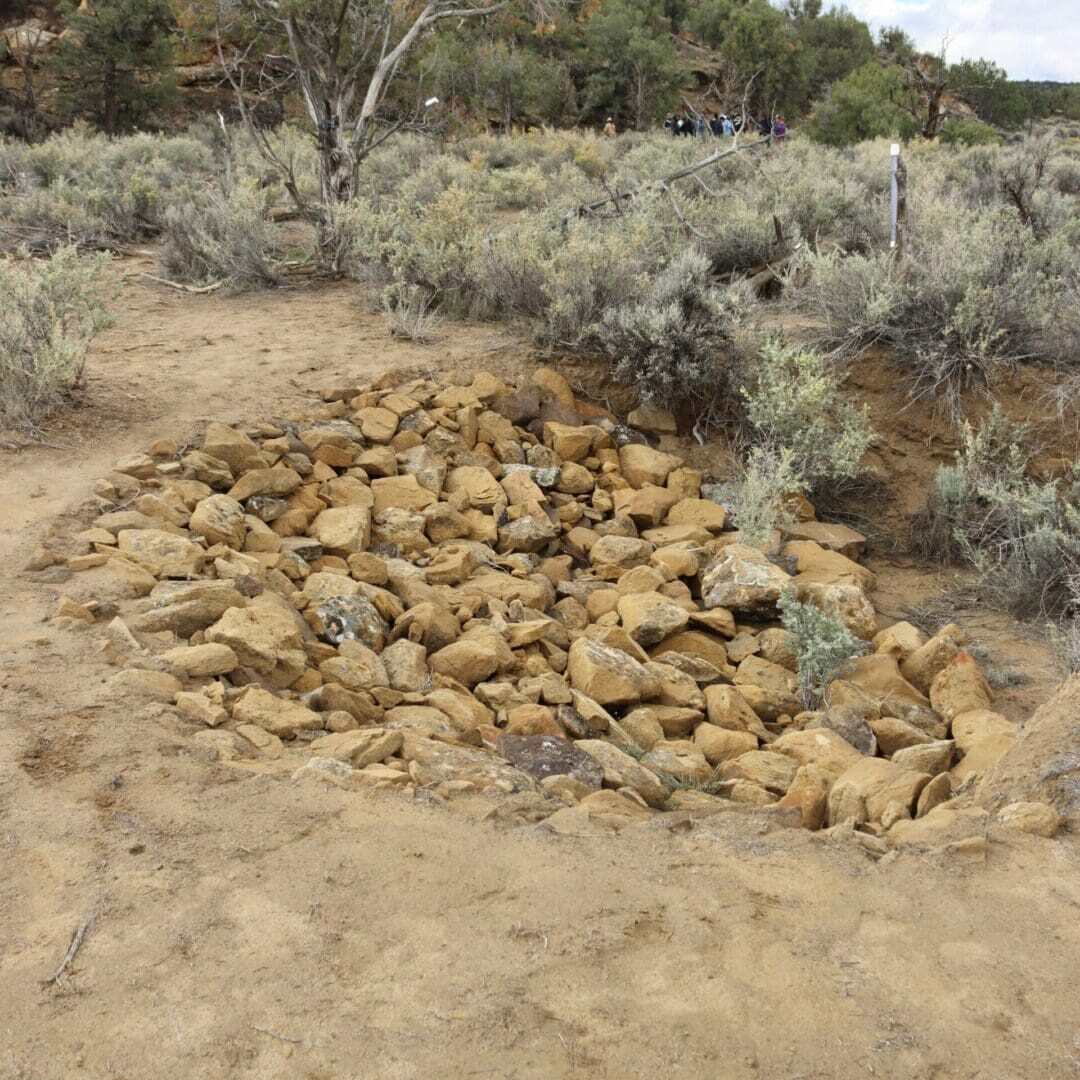


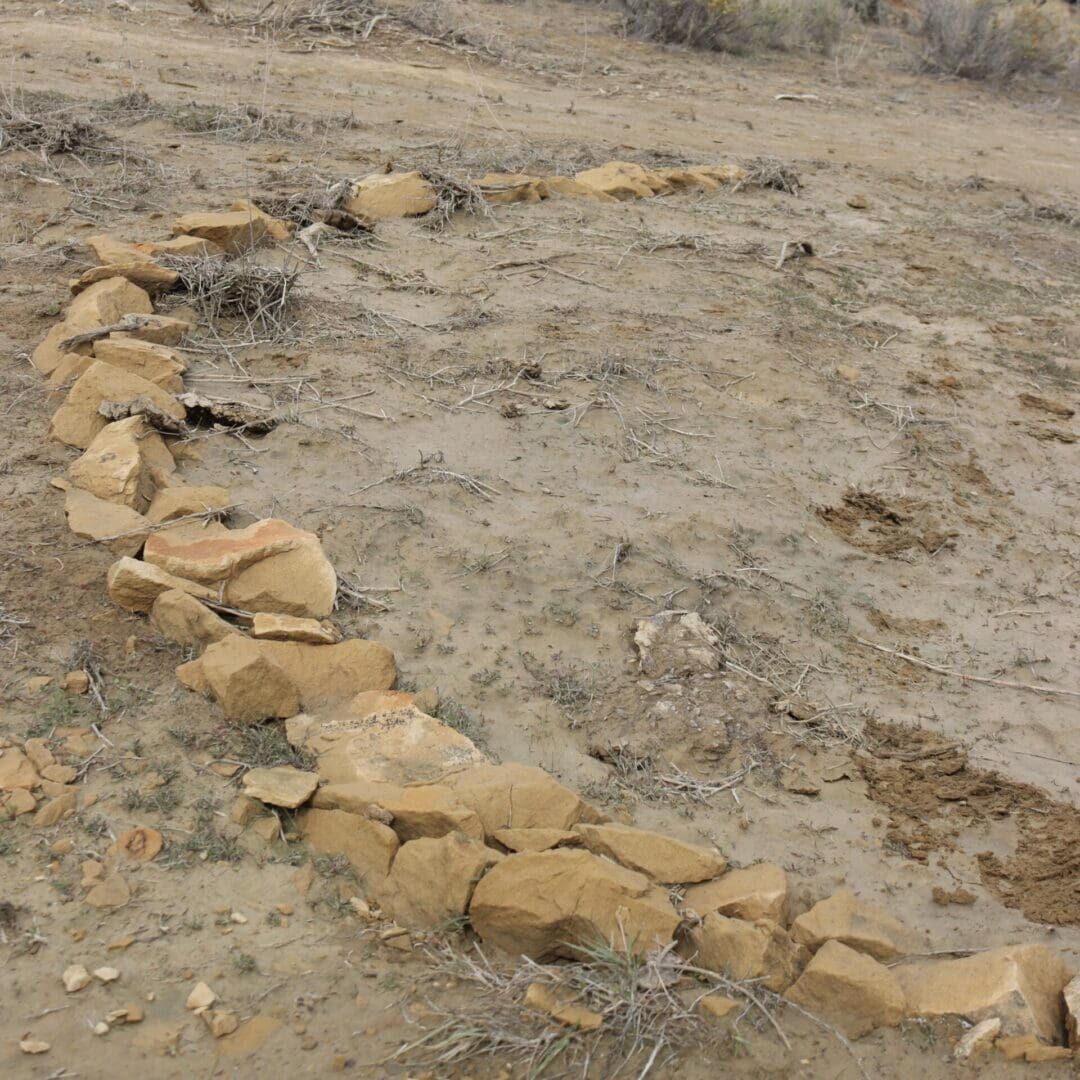





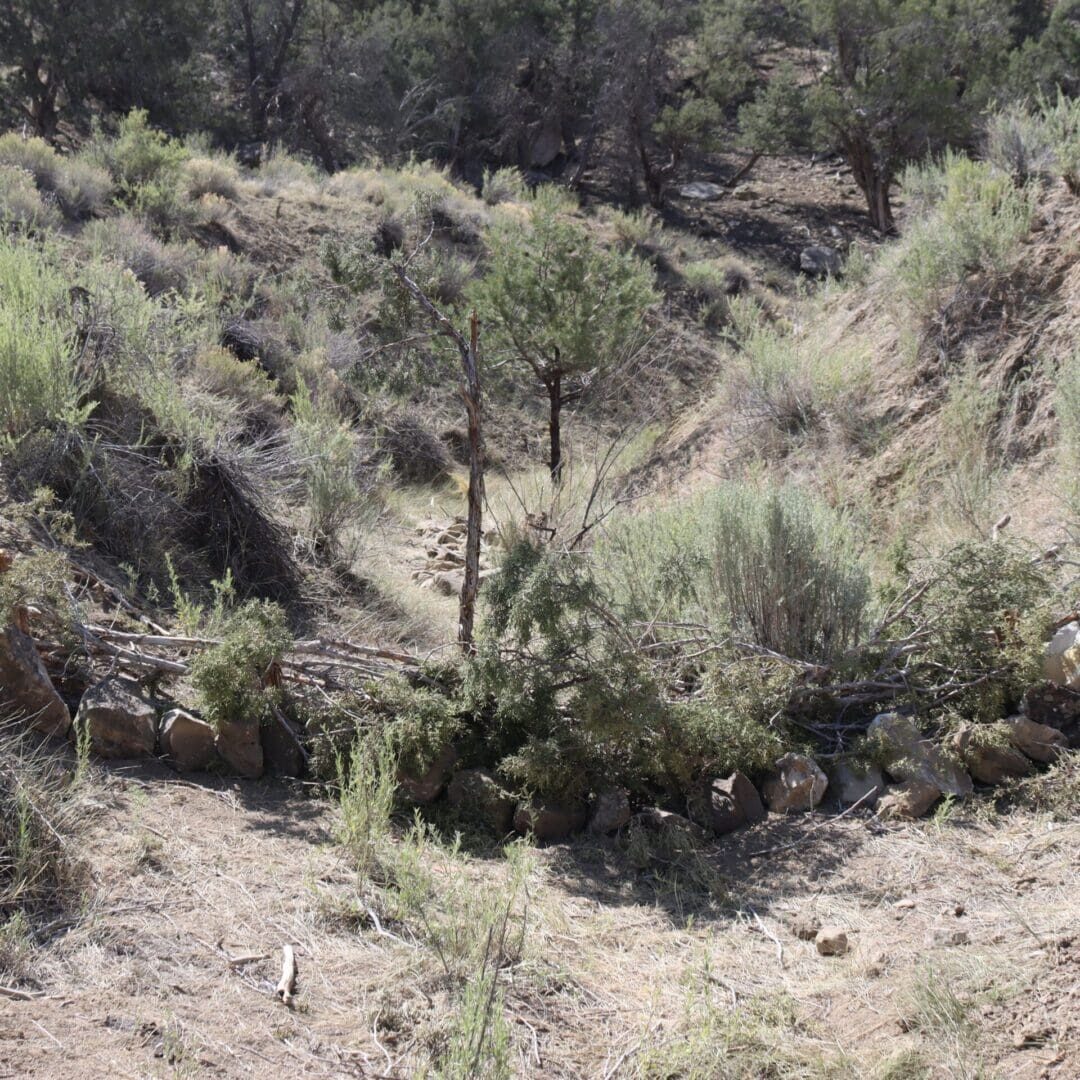
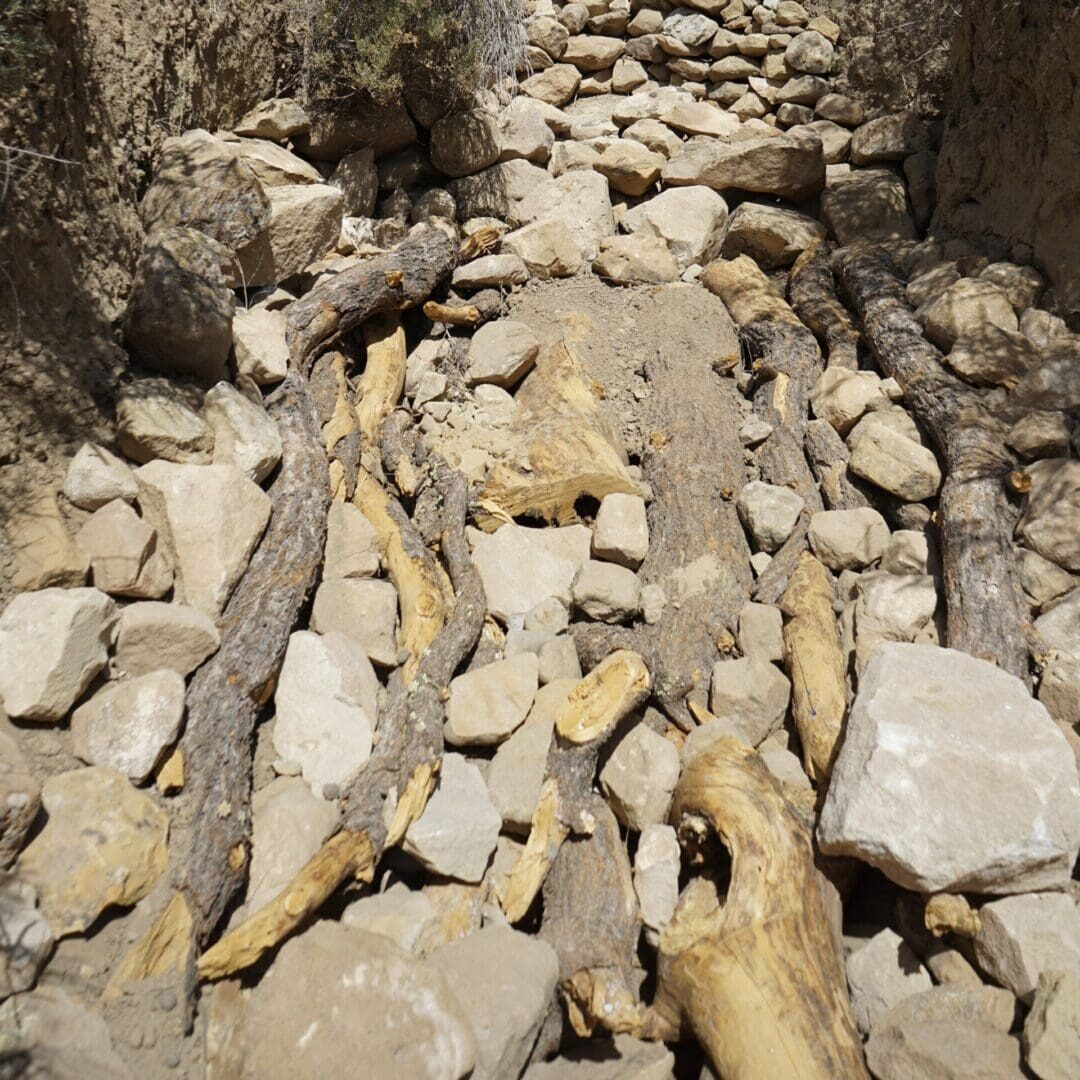
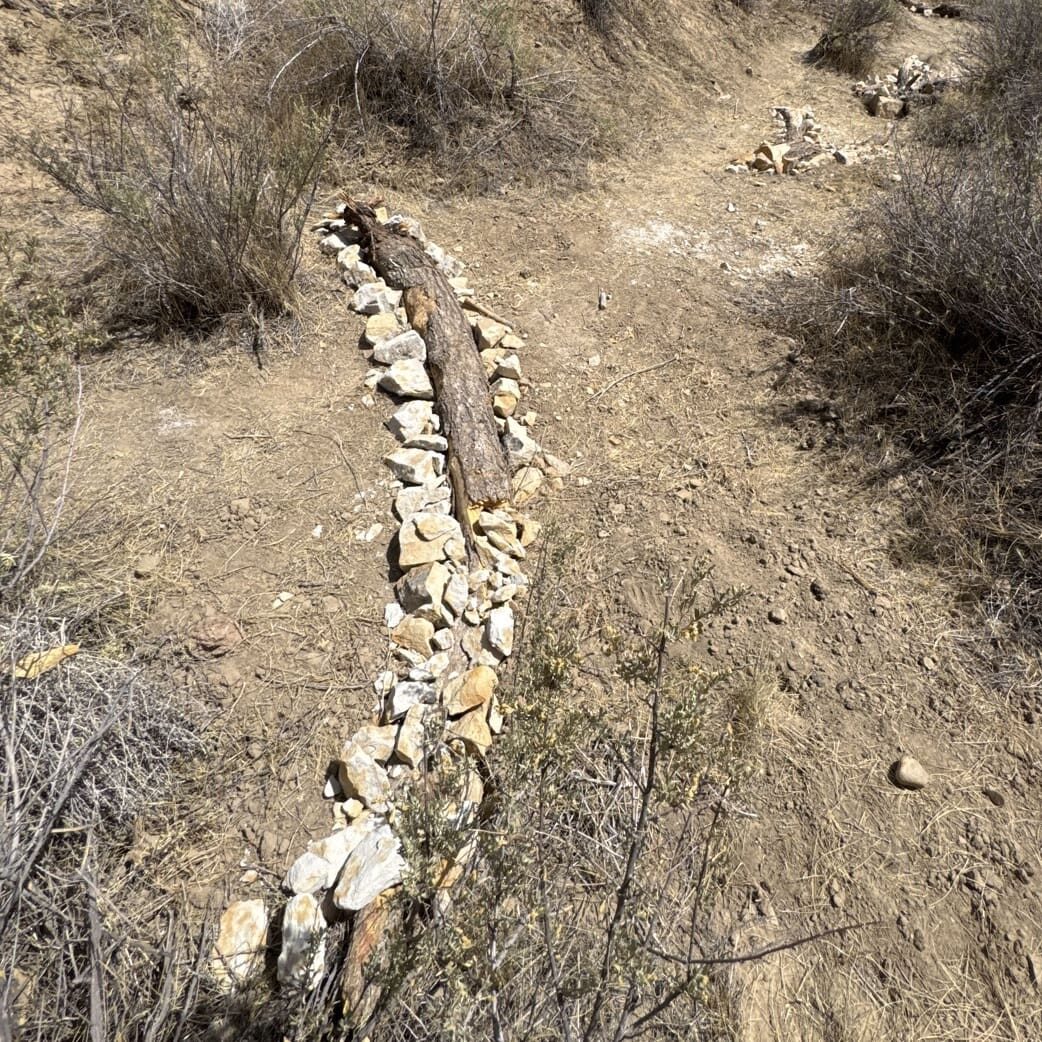
Map of the Tsiyi' Tó Watershed Pilot Project headwaters. Click Here to view the full map
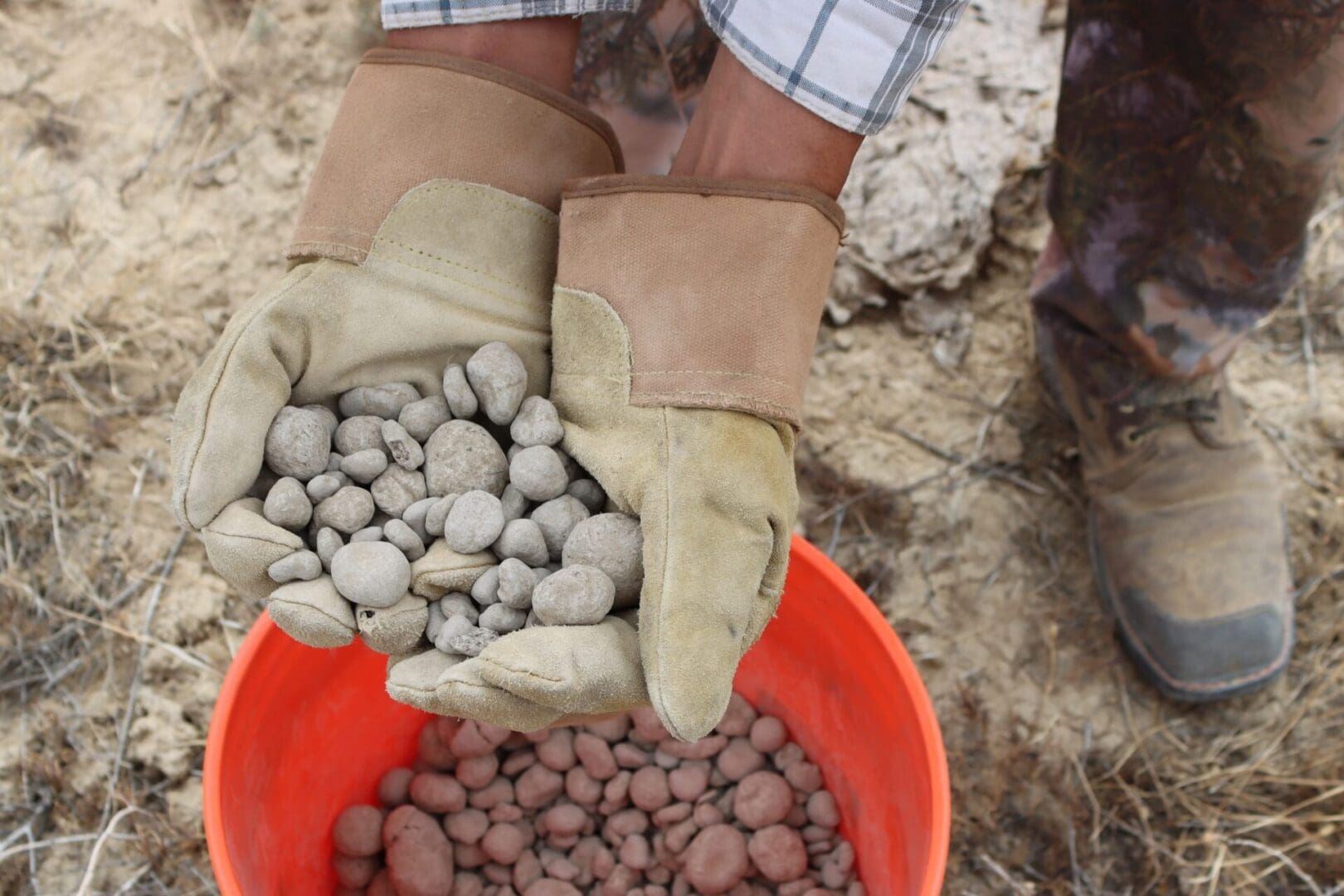
Bringing Back Native Plants
In collaboration with TNA’s Food Sovereignty crew, Tó Nizhóní Ání is working to revegetate barren landscapes that lack native grasses and plants. Seed pellets are a mixture of native seed, clay, compost and water for a low-cost solution to reseeding in conjunction with erosion control structures. Because of strong winds, high prevalence of wildlife and birds, and long periods without precipitation, seeds have a higher chance of deposition and sprouting if encased in a pellet within rock structures. When a precipitation event occurs, the seed pellets spread in a drainage catch will get caught in a rock structure and dissolve with the compost mix to aid in growth. Plants help to hold the landscape together and contribute to several benefits, like: species diversity, stabilize soil, forage availability, hold moisture in land for longer.
Whats Next?
As 2026 comes into view, the Tó Nizhóní Ání watershed restoration team will be expanding the work in the headwaters of Oraibi Wash, adjacent to the 2025 project site Tsé Adááłdááz (Fallen Rock) Watershed. With cooperation and trust between Tó Nizhóní Ání and local Black Mesa/Kitsilii Resident, Rose Lee, our work will continue to provide ecosystem benefit and present more opportunities for moisture to reach shallow and deep aquifers to benefit all life on Black Mesa.
Additional monitoring days at the Tsiyi’ Tó (Wood Springs) Wash Pilot Project will gain insight into how the land is responding to certain structures. With our Pilot Project serving as our longest project, we stand to learn more and more to improve our construction practices in each new project. The Pilot Project will be revisited to see the viability of installing structures directly in the tributary and then build upon our findings.
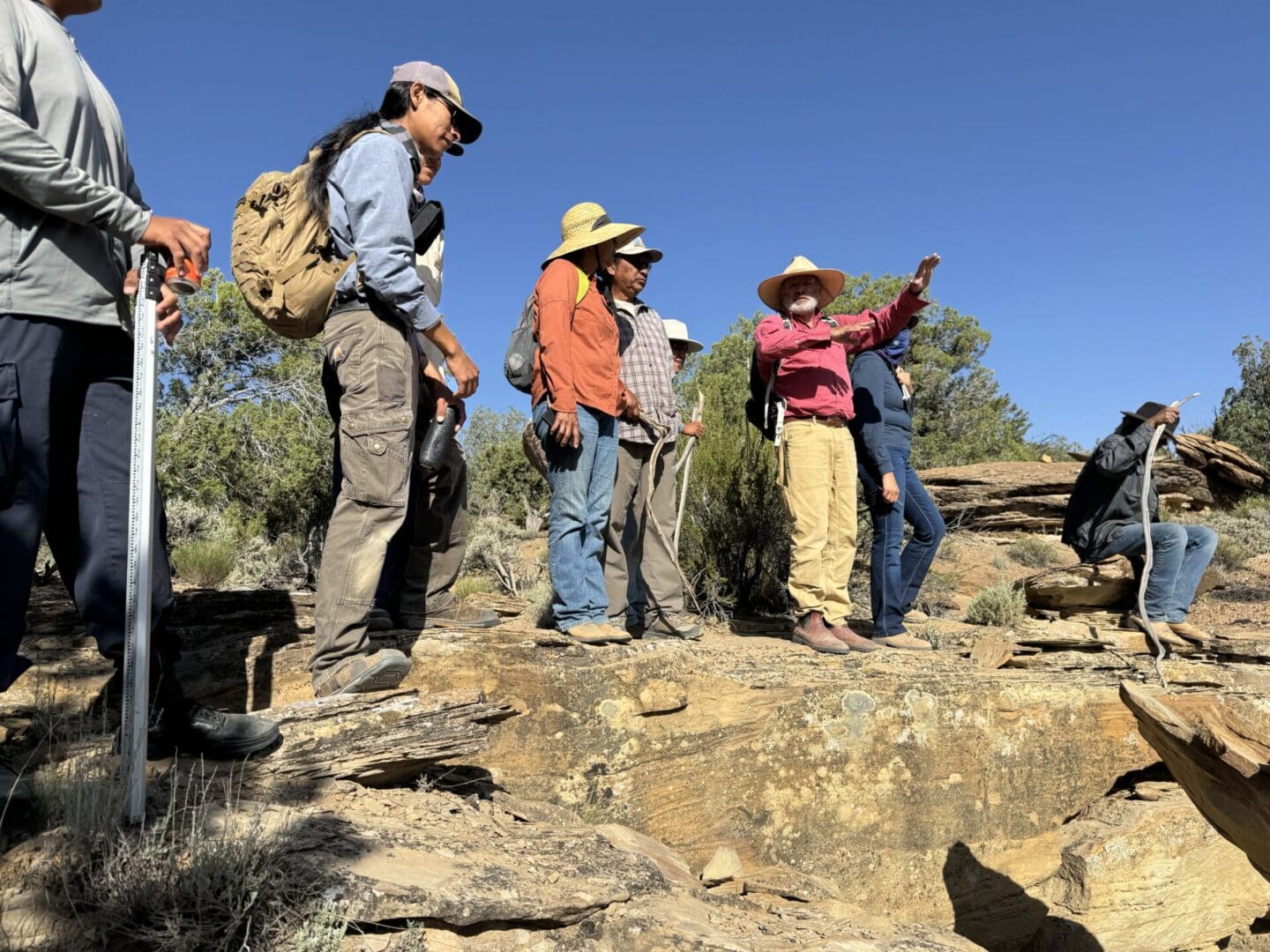

Community Presentations
Tó Nizhóní Ání is also anticipating more presentations at the local chapter houses on Black Mesa (Dził Yíjiin) that are interested in updates on watershed work. If needed, the Tó Nizhóní Ání watershed restoration team will be available to talk restoration to interested parties. Our contact info is listed below. When possible, our team will continue to monitor our watershed project sites and make adjustments as needed to ensure continual improvement of the rangeland
Contact Us

Andrew Atencia
andrew@tonizhoniani.org

Adrian Herder
adrian@tonizhoniani.org
